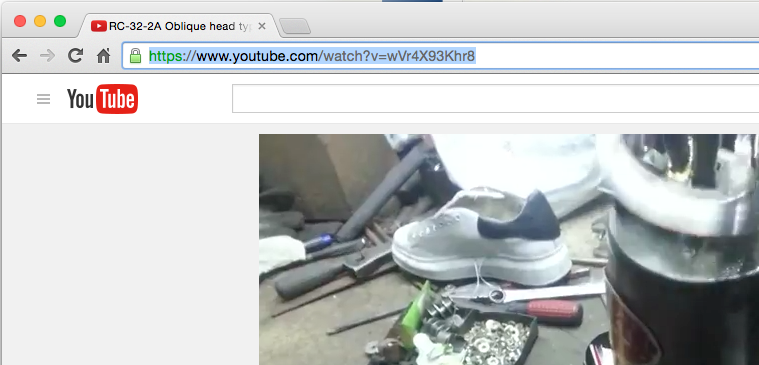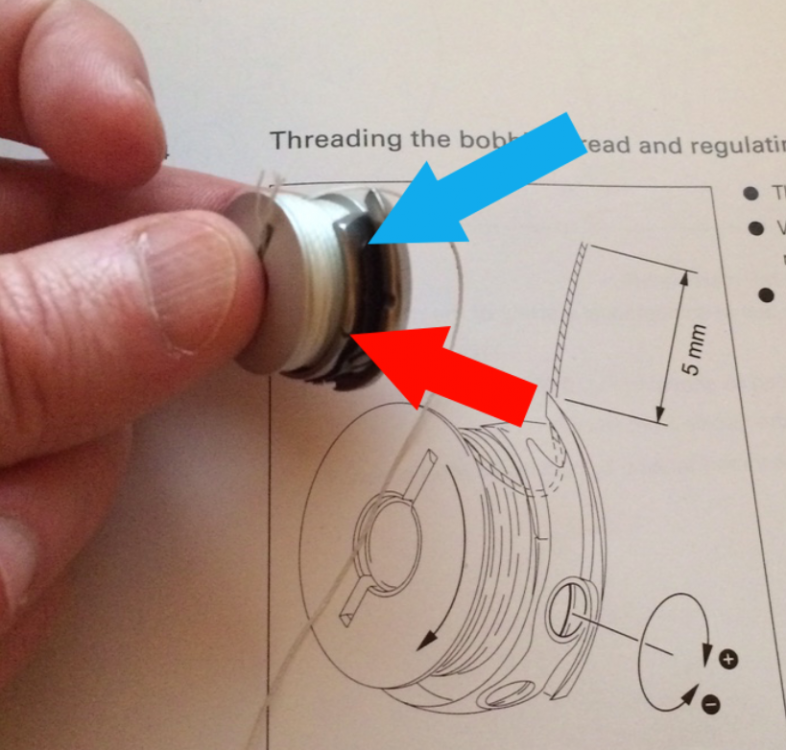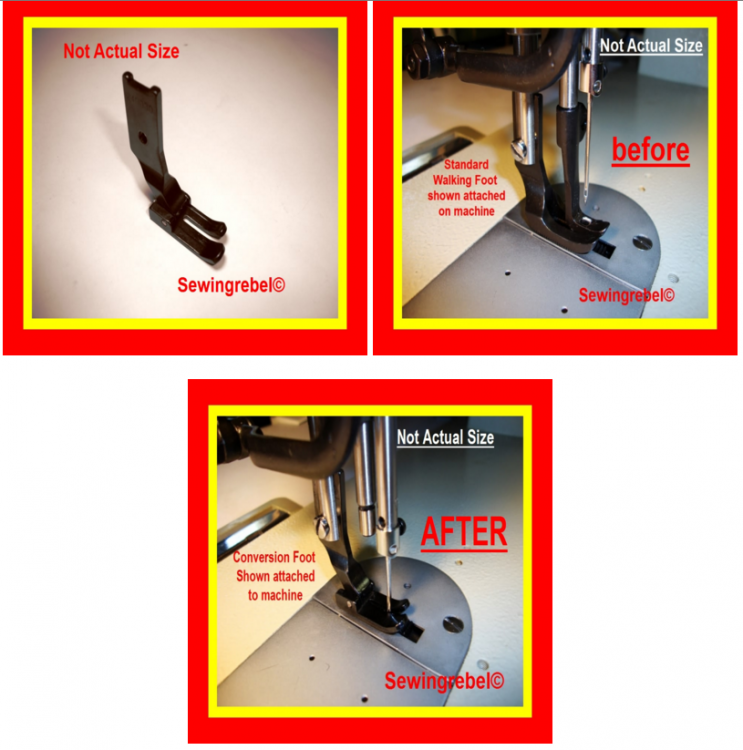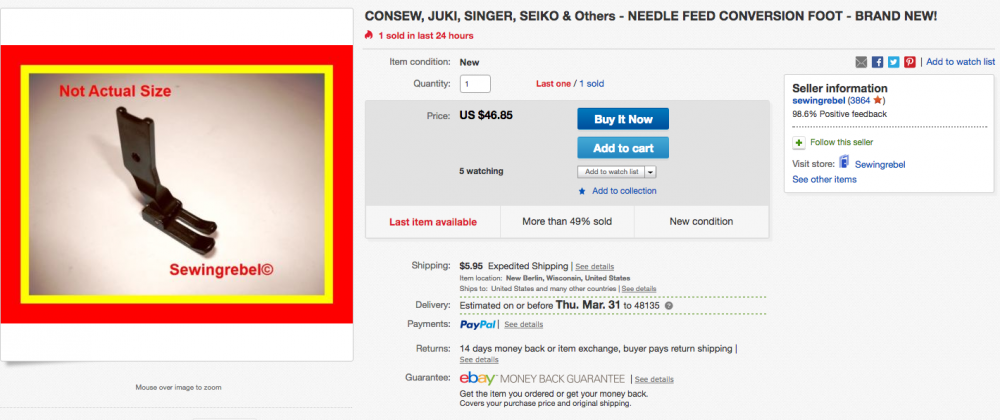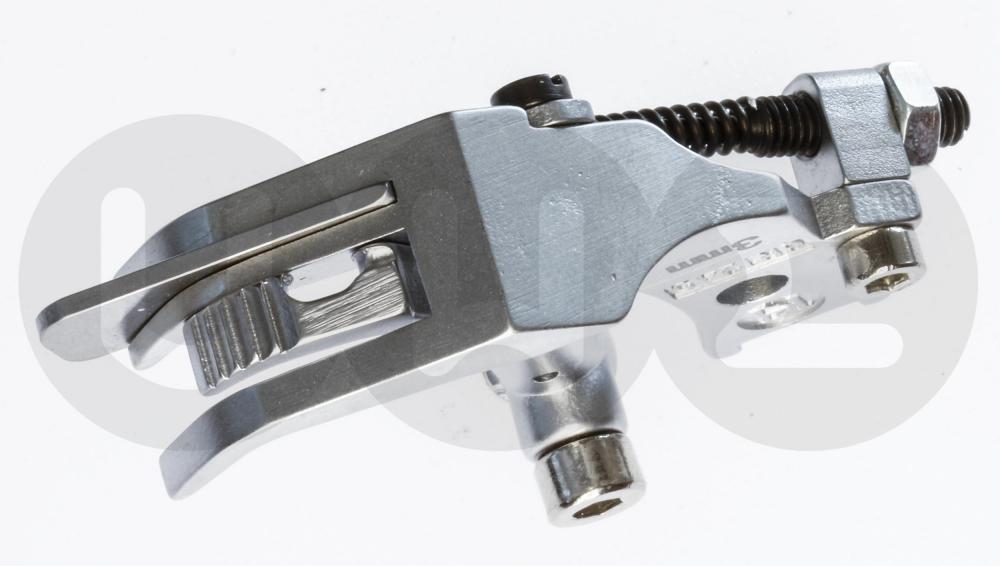-
Posts
2,220 -
Joined
-
Last visited
Content Type
Profiles
Forums
Events
Blogs
Gallery
Everything posted by Uwe
-
It's probably faster because a few hundred thousand pictures are missing from the forums.
- Show previous comments 5 more
-

Johanna has not collected "stuff" for herself. She created a site where information could be shared by all.and input given by all. I for one am very grateful for that have have learned a great deal and also met some great people in the chat room. None of that however creates a debt or a responsibility to Johanna and her team to meet the demands and expectations of anyone just because they are not happy with the site. She doesn't owe you, me or anyone anything!
Perhaps you can offer some insight and assistance to Johanna and her team on how to address the issues rather than just complain about how you cant see a picture on a free site that you have contributed nothing to (in terms of building and maintaining the site, and financially contributing) but seem to have taken advantage of (in terms of accessing and using this valuable information)
-

I am offering help by pointing out technical issues with the upgrade. I'm not judging or accusing or demanding anything. I've spent countless hours composing detailed educational posts with images, created graphics, and recorded videos for fellow members, so that the information can be shared and preserved for future use in the archives. All I'm asking is to take precautions not to loose the information we collectively have added to your archives.
The vast majority of users on the site are consumers of information. Very few are content creators. If the archive is not deemed a safe storage place, there will be less incentive to contribute.
-
I am trying to recover the missing pictures. I am sure they will be back soon. I take my responsibility very seriously, which is why I had to do the update. Thank you for your patience.



